Have you decided to make a change towards a healthy lifestyle by incorporating physical activity into your daily routine? While this is a great initiative, you need to make sure you are taking safety measures to avoid injury. Here are some tips to help you ease into physical activity and protect yourself while exercising:
Ease into Physical Activity

Any physical activity comes with the risk of injury, especially if you are not used to the movements involved. Therefore, it is essential to take it slow and allow your body to get used to the workout gradually. Jumping into high-intensity activities without building up stamina can cause muscle strain, sprains, or worse, more severe injuries like fractures. Start with low-intensity workouts, take plenty of breaks, and gradually increase your intensity and duration as you feel comfortable. The goal is to progress towards your fitness goals without putting undue stress on your body.
Wear Proper Clothing and Gear
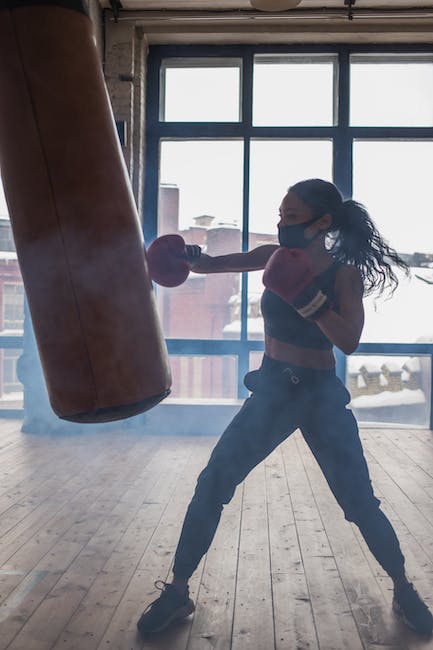
Wearing the right clothing and footwear can make a world of difference in preventing accidental injuries during physical activity. It is essential to wear comfortable, loose-fitting apparel that allows full range of motion. Clothes that are too tight can restrict blood flow and cause chafing, rashes, or even limit your movements, leading to injuries. Proper footwear is as important to prevent foot, ankle, and back injuries. Be sure to wear shoes appropriate for the activity you’re engaging in, and they provide sufficient support. Additionally, if you’re cycling or engaging in contact sports, you may need to wear additional safety gear.
Stay Hydrated

Whether you’re hitting the gym or exercising outdoors, drinking water or a sports drink is essential to staying hydrated. Dehydration due to excessive sweating can lead to exhaustion, cramps, and even fainting. The body requires water to regulate temperature and remove waste, so make sure to drink plenty of fluids before, during, and after your workout. Consider carrying a water bottle with you to sip throughout the exercise routine, and keep an eye out for any signs of dehydration, such as dry mouth, fatigue or lightheadedness.
Warm-up and Cool Down
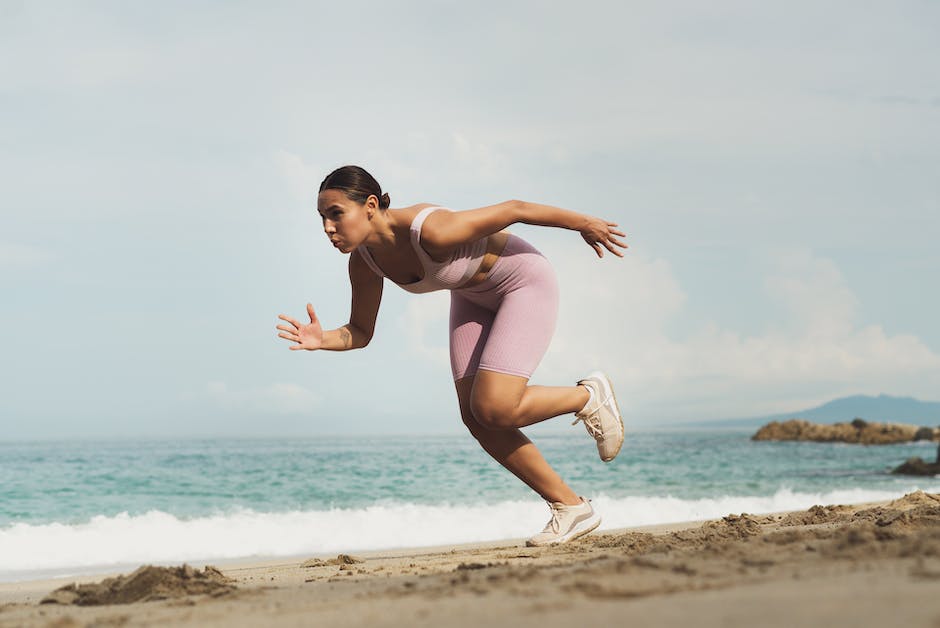
To prevent muscle stiffness, soreness and avoid injuries during a workout, it is essential to warm-up your muscles before you start and cool down after you finish. A proper warm-up routine includes easy stretches and moves that help loosen your joints and gradually raise your heart rate, preparing your muscles for the exercise ahead. Cooling down after your workout involves a few minutes of stretching, helping to decrease your heart rate and prevent dizziness. Additionally, stretching after physical activity can help reduce muscle soreness, stiffness and improve overall flexibility, building muscular strength and endurance.
Listen to Your Body
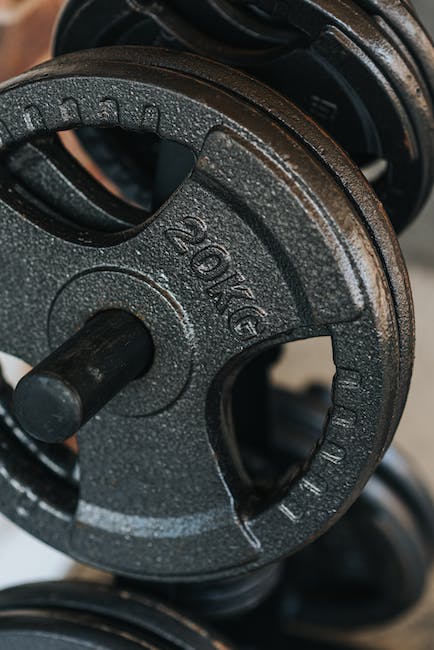
It is particularly important to listen to your body and understand its limitations while exercising. Pushing your body too hard can lead to painful injuries that make it harder to meet your fitness goals. Be aware of any discomfort, pain, or soreness and adjust your movements accordingly. If something doesn’t feel right, stop and give your body a break or consider seeking medical consultation for early diagnosis and appropriate treatment.
Find a Workout Buddy
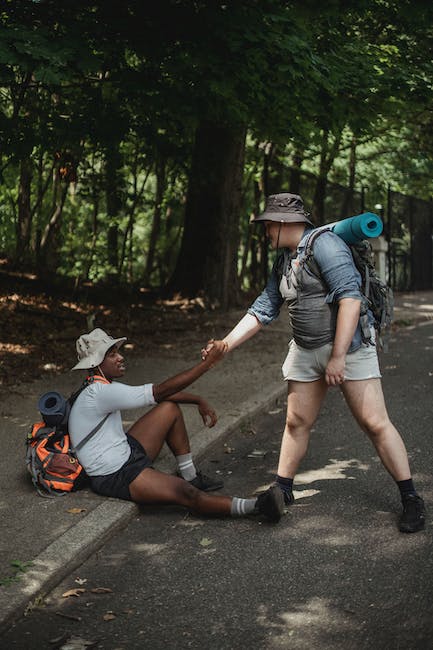
To make physical activity more fun and motivate you to stick to your fitness goals, find someone who shares similar goals and workout together. In addition to providing regular companionship and social support, a workout buddy can also act as a spotter and ensure that you are using the correct form and technique. Having someone to count on can make your exercising experience more enjoyable and safer, preventing unnecessary injuries.
Know Your Limits
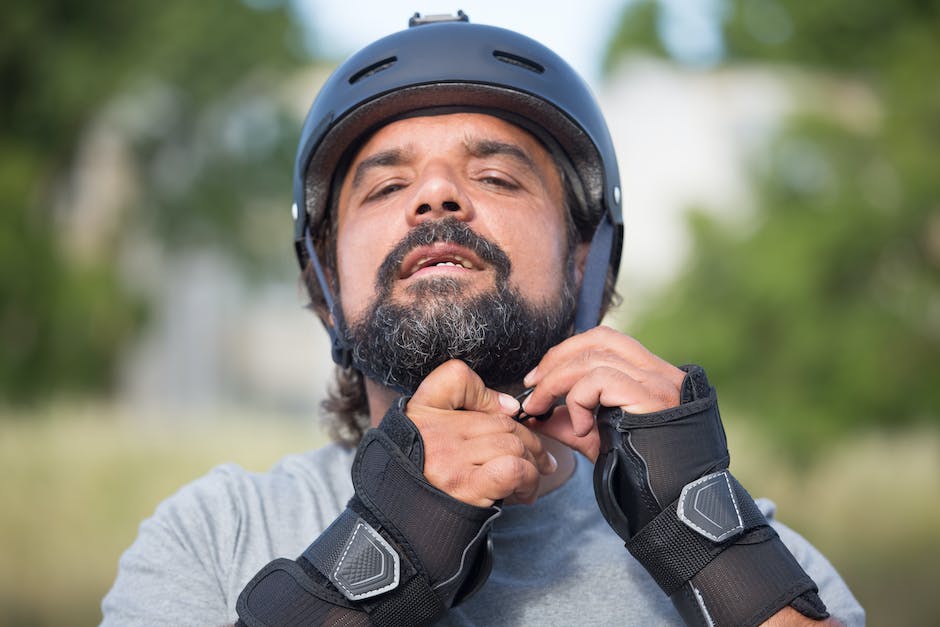
It is essential to recognize your fitness level and work within your limits to avoid sports-related injuries. Overexerting yourself or pushing too hard can lead to injuries that can hinder progress and derail your fitness goals. Focus on gradually improving your endurance, gradually increasing your intensity and building your strength. Avoid comparing your fitness journey to those around you and take your time, Rome was not built in a day.
Seek Professional Guidance
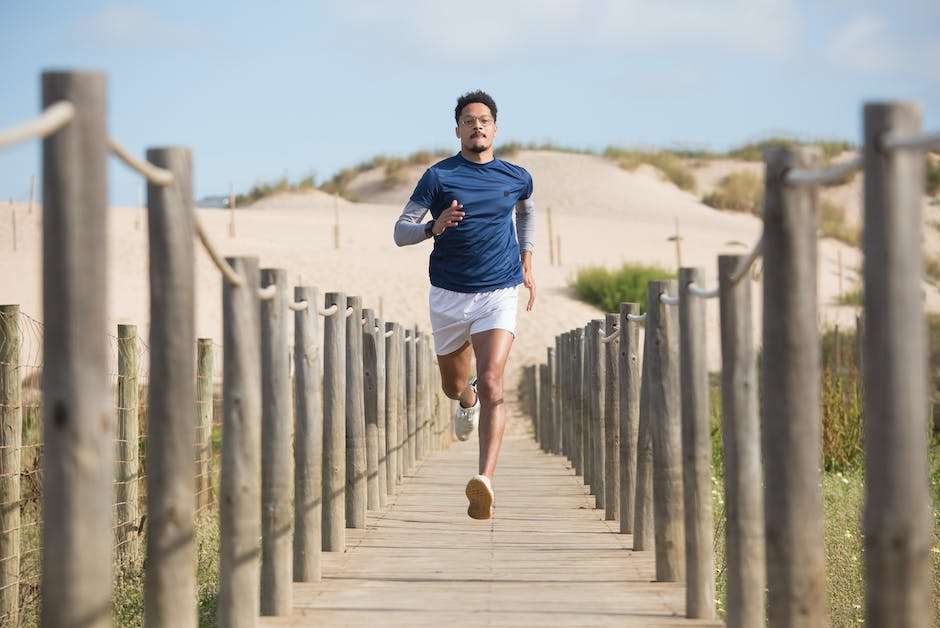
If you’re starting new activity or have an existing health problem, it may be wise to seek clearance from a medical professional before starting. Alternatively, hiring a certified personal trainer can help guide you safely through your fitness journey by creating a workout plan tailored to your individual needs, goals and limitations. A trained professional can also teach you the correct form and technique preventing potential injuries. Make your fitness journey a smart and safe one.
Research Your Activity

Before jumping into a new fitness activity, take the time to research and educate yourself on it. Understanding the basics of the exercise routine can help you feel comfortable, confident and prevent accidents. Look for reputable sources for guidance, such as a certified personal trainer, athlete, or online resources. Additionally, attending a fitness class or consulting with a professional trainer can offer guidance, motivation and support for your fitness goals.
Be Aware of Your Surroundings
Whether you’re hiking in the mountains or cycling on the street, it is vital to be aware of your surroundings during outdoor activities. Watch out for uneven terrain, obstacles, or unpredictable weather conditions that may cause a fall or accident. A misstep or unsafe move can hurt not only you but also those exercising with you. Always choose safe routes and avoid engaging in outdoor activities during extreme weather conditions, such as heavy rain, fog, or extreme heat.

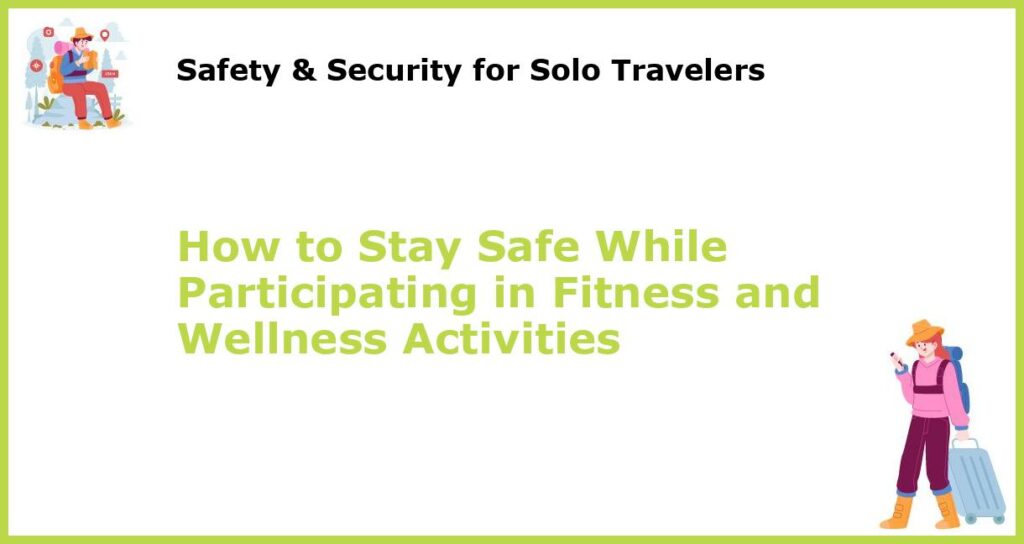






 You might also be interested in those articles related to solo traveling
You might also be interested in those articles related to solo traveling